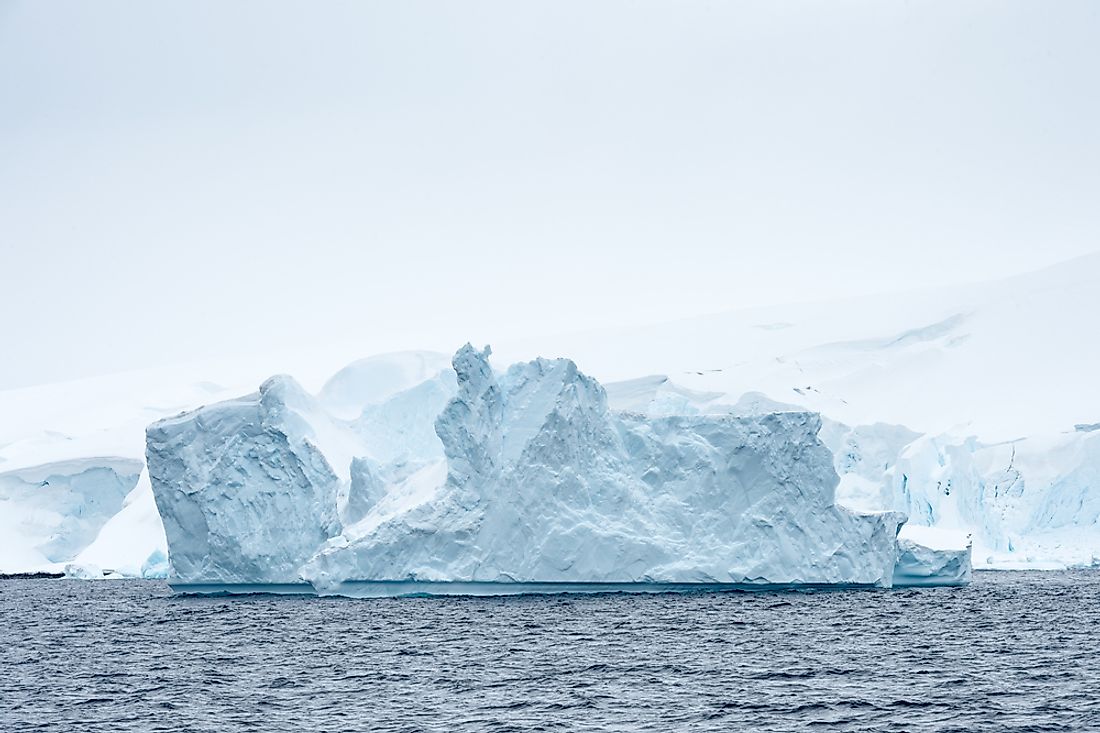What is Larsen C?

What is Larsen C?
The Larsen C is a long, fringing ice shelf located in the northwest region of the Weddell Sea, stretching along the Antarctic Peninsula's east coast from Cape Longing. The Larsen ice shelf is named after the master of the Norwegian whaling vessel Captain Carl Anton Larsen who sailed along the ice front sometime in December 1893. Ideally, the Larsen ice shelf is a collection of shelves that either occupied or occupy different bays found along the coast. There are various segments of the Larsen found from north to south such as Larsen A, Larsen B, and Larsen C among others. Since the mid-1990s, there have been several reports of the breakup of the ice shelf, the most popular one being the dramatic collapse of Larsen B in 2002.
Larsen C
Larsen C is one of Antarctica's largest ice shelves, covering an area of approximately 19,000 square miles. Although the stability of Larsen C was reported on in 2004, the report always warned that continued warming in the atmosphere could potentially result in the ice shelf's breakup within the next decade. In the summer of 2016, it has been suggested that the disintegration of Larsen C has already started taking place. Scientists took photographs showing the growing rift running along the Larsen C shelf on November 10, 2016 which had grown to about 60 miles long, a width of about 299 feet and a depth of 1,600 feet. The rift had further extended another 13 miles by December 16th to the point that the only remaining ice shelf covered an area of 12 miles and ice calving was considered a significant possibility in 2017. When the iceberg eventually separates, the Larsen C Ice Shelf will lose about 9% to 12% of its area accounting for 20,000 to 23,000 square miles. The resulting iceberg would be the largest one recorded in history, roughly the size of the US State of Delaware. The broken fragment is estimated to be about 1,150 feet thick with an area of 19,000 square miles or the size of Trinidad and Tobago.
Cause of the Collapse of Larsen C
Scientists believe that the Larsen C, together with the recent ice shelf collapses in both the North and the South Pole, are related to climate change. Most of the rapidly disintegrating ice shelves in Antarctica are situated on Antarctica's Peninsula. Since 1950 the region has warmed up to 2.5 degrees Celsius becoming one of the fastest-warming places on Earth. The rapid collapse of ice shelves is attributed to warmer air and temperatures as well as increased melt on the ice shelf surface. Disengaging sea ice can also contribute to the collapsing of ice shelves.
Expected Effects of the Disintegration of Larsen C
According to researchers, the disintegration of Larsen C will change the landscape of the Antarctic Peninsula, making the remaining ice shelf less stable and as a result more vulnerable. The Larsen C Ice Shelf is the fourth largest ice shelf found in the South Pole, and according to scientists, it holds several land-based glaciers behind it. If the Larsen C Ice Shelf deteriorates in the same manner as Larsen B did in the year 2002, the slow-facing glaciers will have one less barrier as they move toward the ocean. Sea level is not directly affected by the ice shelf breaking away from Antarctica since the fragment is already floating atop the ocean. If all the ice that the Larsen C Ice Shelf is currently holding back were to enter the ocean, the global waters would rise to an estimated 3.9 inches.











